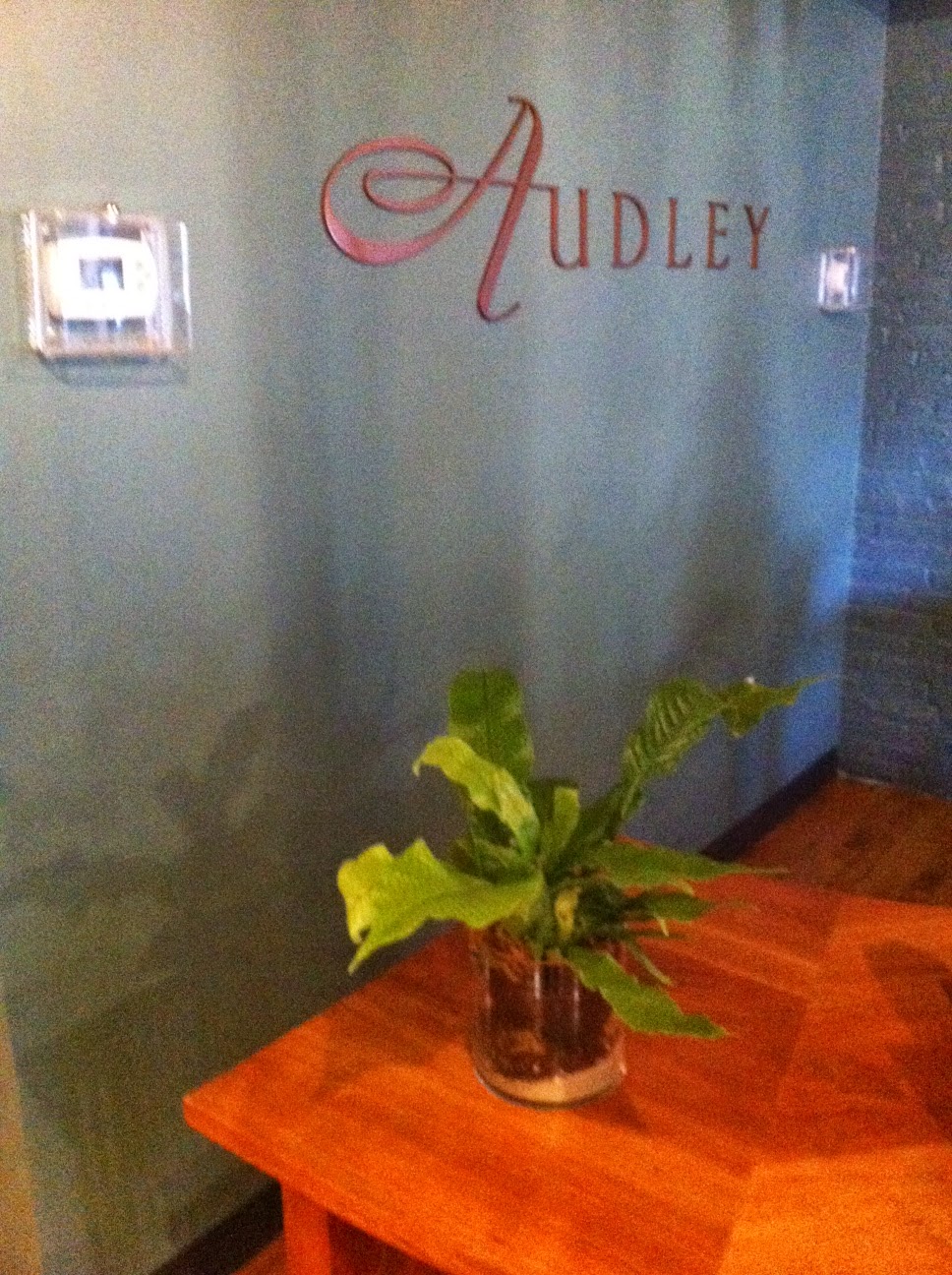A Birds Nest Fern pictured here at one of our Woburn clients office reception is the perfect alternative to the pothos plant so commonly used in such dark office environments in Woburn, MA
1. Asplenium nidus forms large simple fronds visually similar to banana leaves, with the fronds growing to 50–150 cm long and 10–20 cm broad. They are light green, often crinkled, with a black midrib, and exhibit circinate vernation. Spores develop in sori on the underside of the fronds. These sori form long rows extending out from the midrib on the back of the outer part of the lamina (frond). The fronds roll back as they brown and create a massive leaf nest in the branches and trunks of trees.
Native distribution
2. Asplenium nidus is native to east tropical Africa (in Tanzania, inclusive of the Zanzibar Archipelago); temperate and tropical Asia (in Indonesia; East Timor; the prefecture of Kyushu, and the Ryukyu Islands of Japan; Malaysia; the Philippines; Taiwan; and Thailand); and in Australasia (in the northern part of Queensland in Australia).
Habitat
3. Asplenium nidus can survive either as anepiphytal or terrestial plant but typically grows on organic matter. This fern often lives in palm trees or bromeliads, where it collects water and humus in its leaf rosette It thrives in warm, humid areas in partial to full shade.
Uses
4. With a minimum temperature of 10 °C (50 °F), Asplenium nidus is widely cultivated in temprate regions as a houseplant Apparently, most plants sold in America as A. nidus are actually Asplenium australasicum which has longer sori, and a differently shaped midrib.
Asplenium nidus has been used locally in folk medicine (to treat asthma, sore, weakness and hygienically to treat halitosis
At Plantscape Designs Inc. we incorporate these Bird Nest Ferns adding to the uniqueness of your interior office plant design Woburn, MA.
PDI of Stoneham, MA has been providing green plant service for over 40 years to the following areas:
|
|
|
|
|



